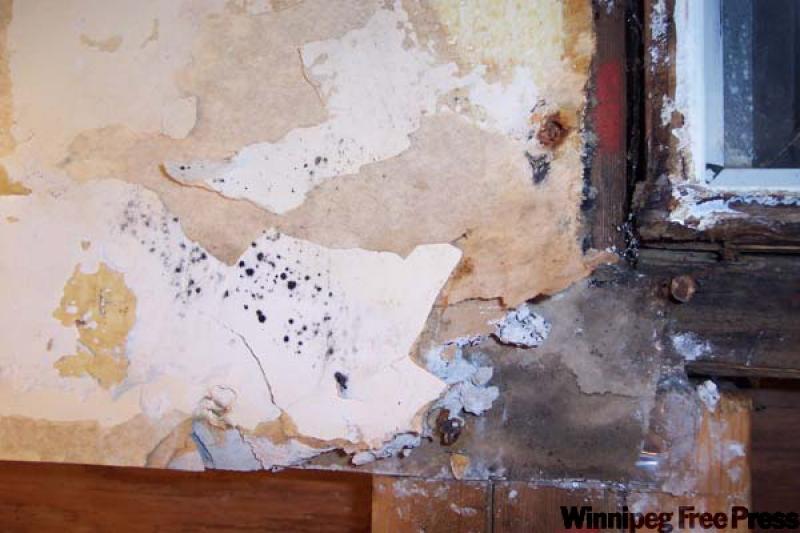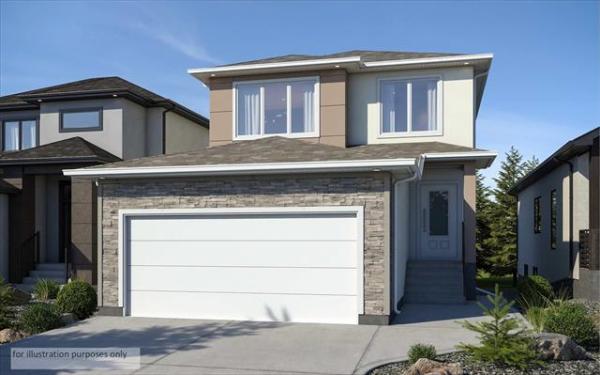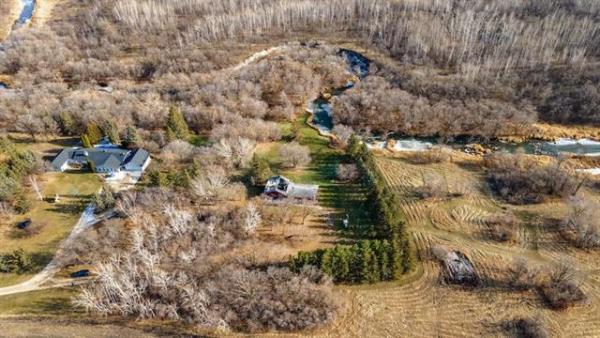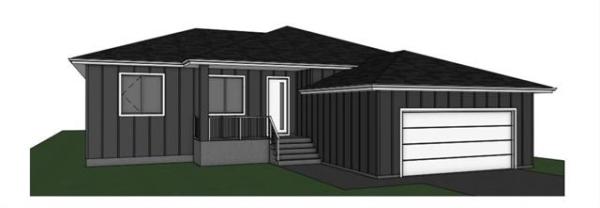
Question — I hope you could help me figuring out if anything has gone wrong with my window installation.
It's a new house construction, and the builder installed the PVC window into the rough opening of the wall without putting in any waterproof material, wrap, or flashing. After that they covered the exterior wall with wall-wrap (Typar) and simply taped the edge of the wall-wrap along the window edge, then applied concrete on top of the wallwrap.
I wonder if this is the way a window should be installed, because I heard that there should be something called window wrap or flashing to prevent water/air leakage? Since it's not present, I am worrying that it could cause problems to my house later on. Could you please tell me if anything is wrong in this installation process? Also, are there any government/industry guidelines that the builder must follow regarding the usage of waterproof material on windows?
I appreciate your time in answering my questions above. Thanks in advance.
--LP, email
ANSWER -- Installation of windows in a new home has become a much more complex process in recent years since the introduction of vinyl windows with integral nailing flanges and other developments. The sheathing membrane, which may be simple building paper or other products like Tyvec and Typar, must be installed in a specific sequence to prevent leakage. If no sheathing membrane was installed in the rough openings of the walls prior to the windows, you may indeed have future problems.
To properly install a window in a new home, several items must be added before and after installation to prevent moisture intrusion or leaks. One of the most important components is the sheathing membrane, or house wrap. This is typically a thin synthetic membrane engineered to prevent air and moisture from entering the exterior wall assembly, but which allows water vapour to escape to the exterior. It must be installed on the entire surface of the exterior walls to be effective and must be properly lapped to allow moisture to run down the surface without backing up underneath. This is particularly critical at wall openings, like those around windows. If this is not done properly, or partially omitted, leakage is very likely. The implications of improper installation are moisture damage, rot, and mould growth in the exterior walls.
Several studies have been done in recent years by Canada Mortgage & Housing Corp. (CMHC), particularly after the leaky condo situation in British Columbia. One of these studies, which took place in 1999 in Alberta, looked at the causes of wall assembly failures in several homes. One of the main conclusions was; "at least twenty-five per cent of the moisture problems associated with water ingress into wall assemblies were directly attributed to penetration through the windows or the window-wall interface." Other studies, including several in B.C., identified the methods of installation of windows or the windows themselves as the cause of major water penetration and damage.
To answer your last question, there are indeed guidelines for proper installation in the National Building Code. They specify proper installation practices for installation of sheathing membranes around windows, in particular. These codes include details on how membranes must be installed & folded back into the rough opening in a specific manner before the windows are installed over top. If this was not done on your home, there is much higher likelihood of leaks occurring. This leakage may occur at the top, bottom, or sides of the windows due to the missing membrane.
While this may be a problem in the future, a larger concern may be the absence of any drip flashing, or head flashing above the window. This flashing is a small, curved metal strip that should be installed over top of the window nailing flange or brick mould, which prevents easy penetration of water running down the wall. This flashing should be installed over top of the initial narrow strip of sheathing membrane and then overlapped by the completed membrane that you saw installed. In that way, water penetrating underneath the siding material will run down the sheathing membrane and drain on to the head flashing and be shed harmlessly away from the top of the wall opening. There are situations where this flashing is not required, such as when the window is close to the overhanging soffits and they are of sufficient width. It is still considered good practice to install them above all windows. I often find these missing, on some new homes and more commonly in poorly done retro-fit situations.
Before panicking about this issue in your home, I would ensure that the windows were improperly installed by contacting the builder or looking at any pictures you may have taken at the time of construction, to verify what you saw. If there are no visible metal flashings above any of the windows, then your conclusions are much more likely. If there is any visible damage to the stucco or unusual wet spots under or around the windows or any signs of leakage inside the home, action should be taken swiftly. I recommend contacting the home warranty program, likely purchased with your new home, to make a claim and hopefully cover the cost of removal & proper reinstallation of the windows.
Ari Marantz is the owner of Trained Eye Home Inspection Ltd. and the President of the Canadian Association of Home & Property Inspectors - Manitoba (www.cahpi.mb.ca). Questions can be emailed or sent to: Ask The Inspector, PO Box 69021, #110-2025 Corydon Ave., Winnipeg, MB. R3P 2G9. Ari can be reached at (204) 291-5358 or check out his website at www.trainedeye.ca.




